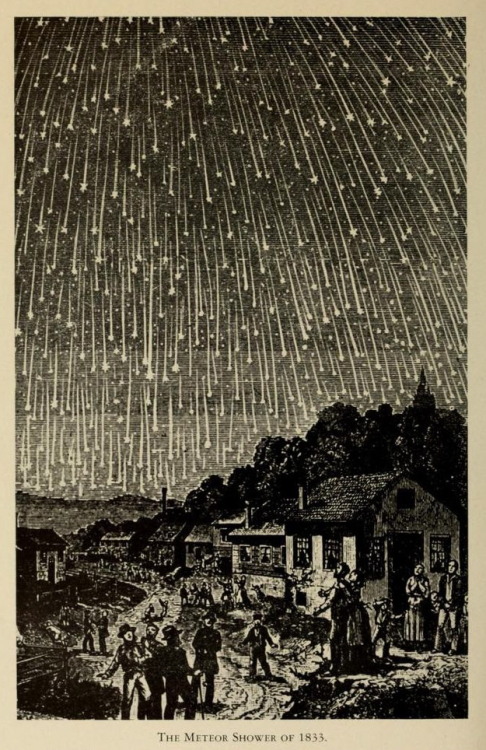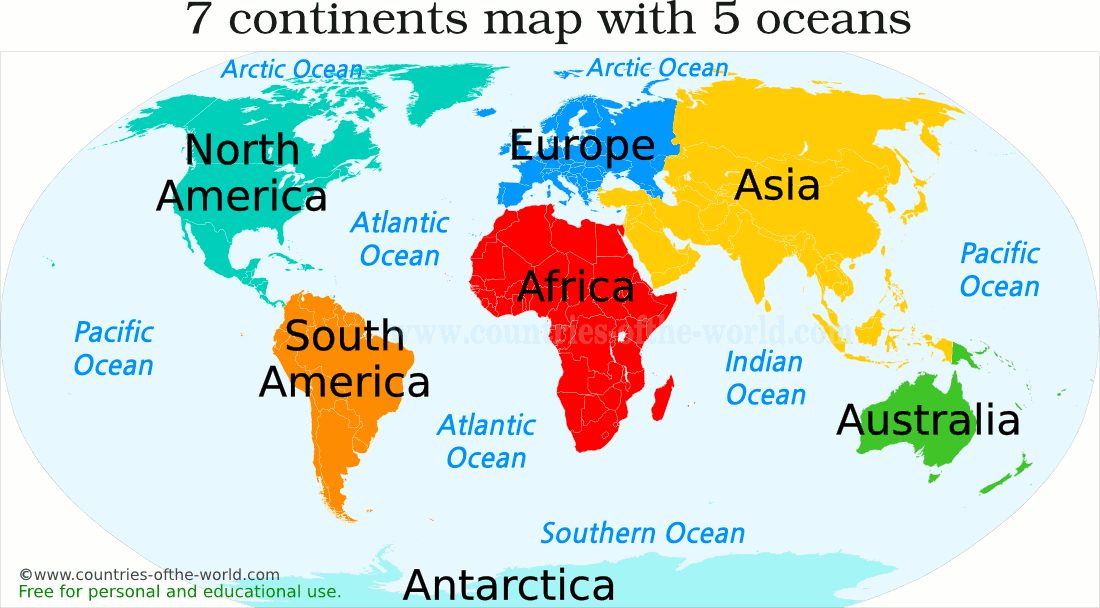A Nearly Moonless Sky
Creates the Perfect Backdrop
for the Leonid Meteor Shower
November skies darken early and nights are colder--setting the stage for a potentially dazzling show. The Leonid Meteor Shower happens every year at this time, and though it isn't as impressive as the Perseids (occurring in August) or the Geminids (in December), conditions are favorable this year. Why?
The moon will be a waxing crescent, setting in the evening hours, making for a dark and moonless late night. The constellation Andromeda will be at her highest place overhead while the mighty hunter, Orion, rises in the east.
When should you watch? The best time is between midnight and dawn. The expected peak showings will be after midnight on November 17th and 18th.
A Bit of Background. . .

Such was the case on November 13, 1833. On that night, the meteor storm was such a spectacular sight that many people believed the world was coming to an end. The very heavens appeared to be ablaze with an estimated 30 long-tailed meteors shooting haphazardly across the heavens every second. It was the greatest display in recorded history.
ASSIGNMENTS FOR
THE WEEK OF
NOVEMBER 16-20
SOCIAL STUDIES
Just think--
of all the cultural advancements that have been made in your lifetimes: YouTube, Social Networking sites like Facebook and Twitter, netbooks, Smart phones, pocket-sized computers, 3-D printing, enhanced robotics, Bluetooth, Texting, Wikipedia, and Google with it's vast array of apps. You were alive when the i-Phone made it monumental entrance, and when Nintendo Wii launched, revolutionizing video game playing. GPS-enabled devices have become commonplace, as have fuel-efficient hybrid cars. Your culture, your daily life, is continually being reshaped by technological advancements.
a culture that remained virtually intact for more than 3000 years--longer than any other in recorded history. That's Egypt--one of the oldest and most fascinating civilizations in the world. Beginning around 3150 BCE when Menes united Upper and Lower Egypt, and lasting until around 332 BCE, Egypt developed an elaborate cultural system that included a complex, myth-filled religion, a detailed system of writing known as hieroglyphics, and many extraordinary achievements in science, mathematics, and architecture. Two of ancient Egypt's most recognizable architectural masterpieces are the massive and mysterious Sphinx, and, of course, the Pyramids of Giza.
Egypt's influence on later cultures was huge! In fact, their culture provided important building blocks for Greek and Roman cultures, which, in turn, have greatly influenced ours.
. . .and now. . .
There is much to learn about Ancient Egypt. Take some time to check out the cool links below. We'll visit them again next week:
ASSIGNMENTS:
Monday: Chapter 3, Lesson 1: The Nile River Valley pgs. 82-85 & Map of Ancient Egypt activity
Wednesday: Chapter 3, Lesson 2: The Kingdoms of Egypt pgs 88-91 & the Crowns of Ancient Egypt activity.
Wednesday: Chapter 3, Lesson 2: The Kingdoms of Egypt pgs 88-91 & the Crowns of Ancient Egypt activity.
Wednesday: Plate Boundaries Interactive Notebook page.
Thursday: Packet has two parts (3 pages). When you finish, cut them out. Then:
- Lay the 7 continents map directlly over the plate tectonics map and glue them together across the very top (See the tab?)
- Then place the names page under the plate tectonics page and glue them together across the very top (tab).
- Finally, put glue on the bottom of the tab and glue it into your Interactive Notebook.
- The pages should all flip open.
- IMPORTANT: It should be facing out so that the tab is closest to the center of the book!!
Here are the two parts:
PART 1. Label the 7 continents; color the map -- green for land (except Antarctica is WHITE!!), blue for water.
PART 2. Use the Plate Tectonics map (below) to label the plate tectonics names (located on the third page, NOT the map itself). Again, color the map - green for land (except Antarctica is WHITE!!), blue for water. SPELLING COUNTS!
Friday: Study hall to complete any work.
LANGUAGE ARTS
November begins the traditional holiday season. It is a time rich with traditions--a time to be thankful for all that we have. Choose one of these writing prompts to work on this week. Use the writing process to brainstorm, create a rough draft, edit and revise, and create a second, more polished draft. Due Friday.
TO THINK ABOUT: What do you see, hear, taste, smell, and feel? Give as many details as possible for each sense you explore.
CHOICES:
- What are your family's traditions for the Thanksgiving holidays?
- What was the best Thanksgiving you ever had? Describe it.
- Write about a typical Thanksgiving holiday with your family.
Share your work with at least one peer. Create an illustration that best exemplifies your holiday experience.
Everyone should have completed the requirements for Bud, Not Buddy (all exit Tickets -- 5 questions -- and packet of “Rules”).
If you’re finished with this book, you may silent read your independent book.
15 minutes or so should be devoted to Typing Pal, an online program they know how to access.
We'll be dealing with integers for awhile, so let's get this song out there and into your brain right away. Ready? (Guaranteed you're going to be humming this one):
Rules for Operations with
Positive/Negative Integers
(sung to the tune of "Row, Row, Row Your Boat)
Different sign, subtract!
Keep the sign of the highest number
Then you'll be exact.
Multiply or divide
It's an easy thought
Same signs are positive
Different signs are not!
TA, DA!
Monday: 6.NS.C.6a, 6.NS.C.6c Apply and extend previous understandings of numbers to the system of rational numbers.
- 3.1: Understand Positive and Negative Numbers. Share & Show, pgs. 141-142. Homework: 3.1, pgs. 143-144.
Tuesday: 6.NS.C.7a, 6.NS.C.7bc
- 3.2 Compare and Order Integers. Share & Show, pgs. 147-148. Homework: 3.2, pgs. 149-150.
Wednesday: 6.NS.C.7a, 6.NS.C.7b (also 6.NS.C)
- 3.3 Rational Numbers and the Number Line. Share & Show, pgs. 153-154. Homework: 155-156
Thursday: 6.NS.C.7a, 6.NS.C.7b
- 3.4 Compare and Order Rational Numbers. Share & Show, pgs.159-160. Homework, pgs. 161-162.
Friday: Mid-Chapter Checkpoint, pgs. 163-164.
Watch a little Math Antics to help you understand integers.
This guy's great!
First: Negative Numbers!
Next: Adding and Subtracting Integers! Woo-hoo!
NOW, FOR YOUR LISTENING ENJOYMENT
(AND PERHAPS A LITTLE LEARNING)
OK, here's some random don't-have-anything-to-do-with-anything
stuff to read:
(notice the really long hyphenated modifier!)

[Source: Today I Found Out]
Orion crescent moon clock gif 1833 meteor shower image Ancient Egypt banner Egyptian animated gif
Crowns of Ancient Egypt The Joy of Learning positive negative number line numbers image Egypt map
Egyptian technologies YouTube video Bud Not Buddy image Plate tectonics map autumn border giving thanks yellow leaf writing illustration book math chalkboard






